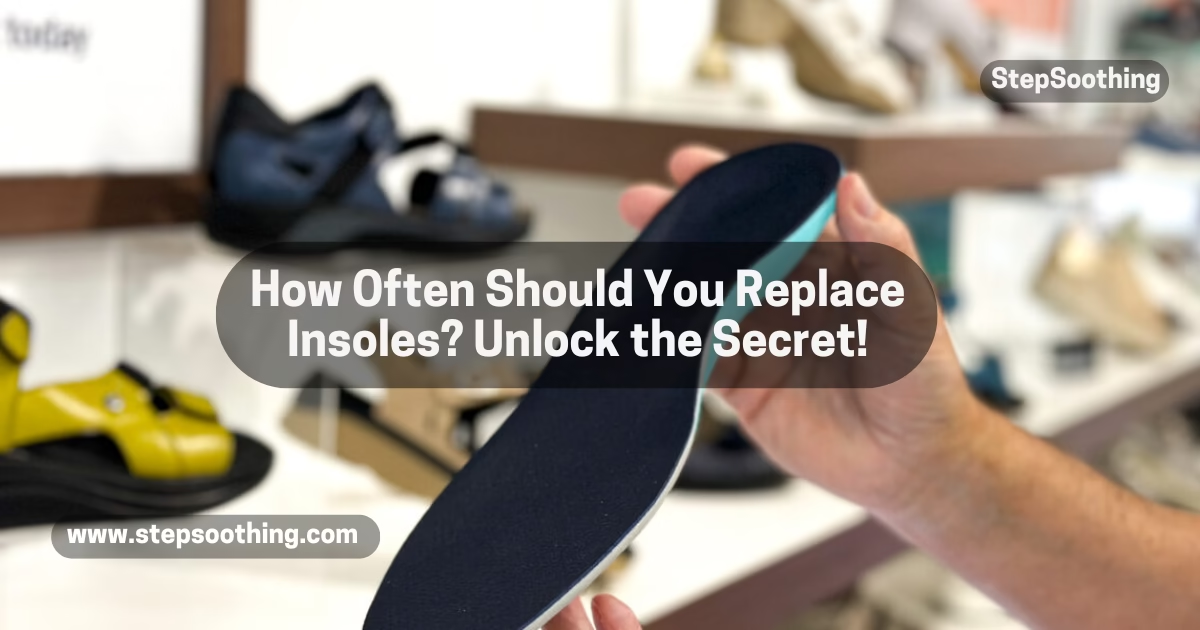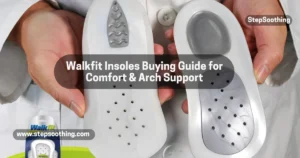Hey there! Let’s talk about something that often gets overlooked in our daily lives: shoe insoles. You might not think much about them, but these little guys play a huge role in keeping your feet comfortable and supported. Whether you’re walking around the office, hitting the gym, or just running errands, the right insoles can make all the difference.
But here’s the kicker: just like your shoes, insoles don’t last forever. Knowing when to replace them is crucial for your comfort, foot health, and hygiene. In this guide, we’ll dive into everything you need to know about shoe insoles, including how often to replace them and why it matters.

What Are Insoles?
So, what exactly are insoles? Simply put, insoles are the removable layers inside your shoes that provide extra cushioning and support. They come in all shapes and sizes, tailored to fit different types of footwear and foot needs.
Types of Insoles
There are several types of insoles out there:
- Supportive Insoles: These provide extra arch support and help with alignment.
- Cushioned Insoles: Great for shock absorption, perfect for long hours on your feet.
- Custom Orthotics: Made specifically for your foot shape, often prescribed by a professional.
How Insoles Improve Foot Health
Insoles do more than just make your shoes comfy; they can also help extend the life of your footwear. By providing extra support, they reduce the impact on your feet and help prevent issues like blisters and calluses.
How Often Should You Replace Your Insoles?
General Guidelines
Now, let’s get to the meat of the matter: how often should you replace your insoles? The general rule of thumb is to replace them every 6 to 12 months, but this can vary based on how much you use them.
Athletic vs. Casual Shoes
If you’re a runner or regularly engage in high-impact activities, you might need to replace your insoles more frequently—every 3 to 6 months. On the flip side, if you mainly wear your shoes for casual outings, you may stretch that timeline to a year or more.

Factors Influencing Replacement Frequency
A few factors can impact how often you need to swap out your insoles:
- Activity Level: More active lifestyles lead to quicker wear.
- Foot Health: If you have specific foot issues, you may need to replace them sooner.
- Shoe Type: Some shoes wear out insoles faster than others.
Signs It’s Time to Replace Your Insoles
Common Indicators
Keep an eye out for these signs that it’s time to say goodbye to your old insoles:
- Visible Wear and Tear: Cracks, holes, or flattened areas? Time for a change.
- Loss of Cushioning or Support: If they feel flat or hard, they’re not doing their job.
- Persistent Odor Despite Cleaning: Yikes! If you can’t remove the smell, it might be time to toss them.
- Increased Foot Pain or Discomfort: If your feet hurt more than usual, your insoles might be the culprit.
Proactive Replacement
Don’t wait for discomfort to hit! Regularly checking your insoles can help you replace them before they become a problem.
Consequences of Not Replacing Insoles
Potential Impacts on Foot Health
Ignoring your insoles can lead to some serious foot issues:
- Increased Risk of Plantar Fasciitis: This painful condition can result from inadequate support.
- Diminished Arch Support: Without proper support, your posture can suffer, leading to back pain.
- Accumulation of Bacteria and Odor: Old insoles can harbor bacteria, leading to unpleasant smells and foot problems.
How Worn Insoles Affect Shoe Performance
Worn-out insoles can also affect the overall performance and durability of your shoes. You might find yourself needing to replace your entire pair of shoes sooner than expected!
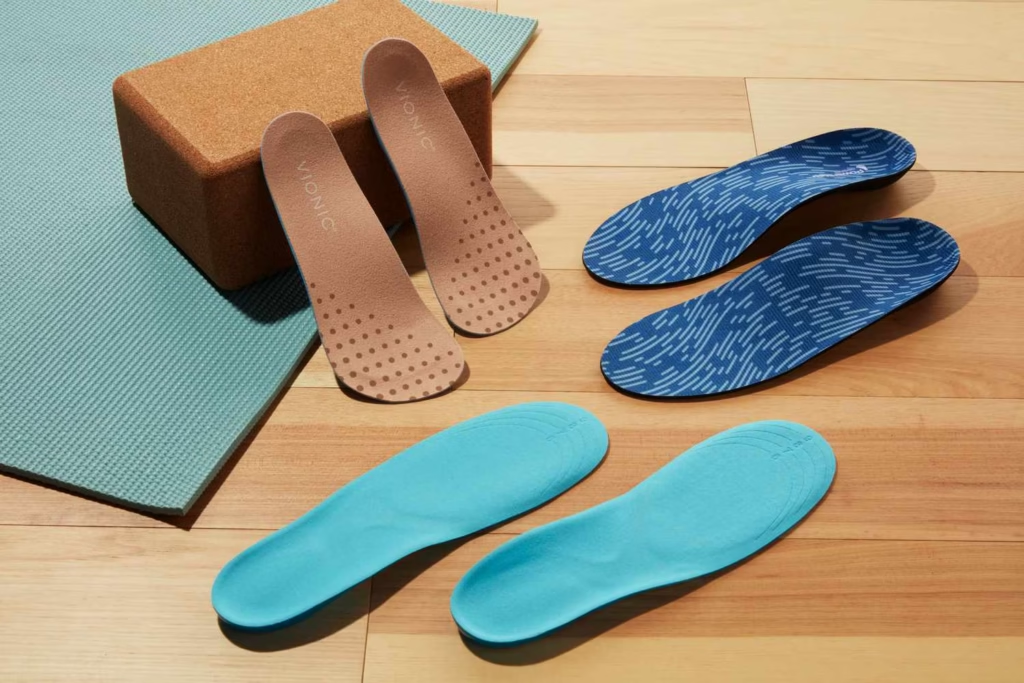
How Long Do Insoles Typically Last? (By Material)

Foam Insoles
Foam insoles usually last around 6 to 12 months. Look for signs of flattening or wear.
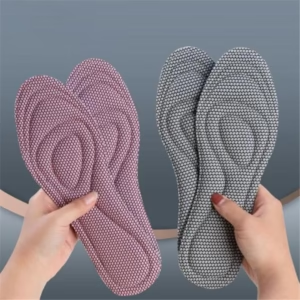
Memory Foam Insoles
Memory foam insoles are super comfy but might only last 4 to 8 months, especially with heavy use.

Gel Insoles
Gel insoles can be quite durable, often lasting 12 months or more, but keep an eye on any visible damage. If you want to know how to clean gel insoles, simply wipe them down with a damp cloth and mild soap to keep them fresh.
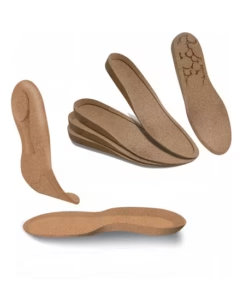
Cork Insoles
Eco-friendly cork insoles can last up to 2 years if well cared for. They’re resilient and resist wear.

Leather Insoles
Leather insoles are classic and can last a long time, often 1 to 2 years, depending on usage.
Benefits of Regularly Replacing Insoles
Enhanced Comfort and Support
New insoles mean better cushioning and support for your feet, making every step more comfortable.
Improved Foot Hygiene
Regularly replacing your insoles helps keep your feet clean and reduces the risk of infections.
Reduced Risk of Foot Pain
By ensuring you have the right support, you can prevent many foot-related issues before they start.
Prolonged Shoe Life
New insoles can extend the life of your shoes, saving you money in the long run.
How to Choose the Right Replacement Insoles
Key Factors to Consider
When shopping for new insoles, keep these factors in mind:
- Material Type: Different materials serve different purposes.
- Shoe Compatibility: Make sure they fit well in your shoes!
- Specific Foot Needs: Consider your arch type and any particular issues you might have.
Tips for Choosing Insoles
Whether you need insoles for sports, work, or daily wear, here are some quick tips:
- Try Before You Buy: If possible, test them out in-store.
- Read Reviews: Look for feedback from other users to gauge comfort and effectiveness.
- Consult a Professional: If you have specific foot concerns, a podiatrist can recommend the best options.
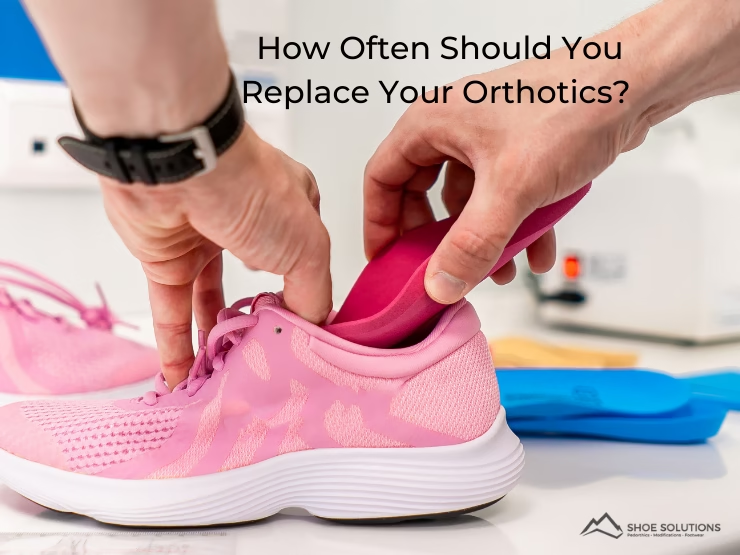
How Often Do People Typically Change Their Insoles?
Survey-Based Insights
While habits vary, many people tend to change their insoles every 6 months to a year. Runners often change them more frequently, while casual wearers might stretch it out.
Differences in Habits
Athletes and active individuals are more likely to keep an eye on their insoles than those who wear them just occasionally. It’s all about how hard you’re working those shoes!
Money-Saving Tips for Buying Replacement Insoles
When it comes to replacing insoles, smart shopping can make a big difference in your budget. One effective strategy is buying in bulk—many retailers offer discounts when you purchase multiple pairs, which is especially useful if you’ve found a brand that works well for you. Additionally, consider signing up for subscription or auto-ship programs offered by some companies. These programs ensure you always have fresh insoles when you need them, often at a discounted rate, saving you time and money in the long run.
Where to Buy High-Quality Insoles
Finding the perfect insoles is easier than ever with the convenience of online shopping. From the comfort of your home, you can compare prices, browse a wide range of options, and read reviews to make an informed choice. When shopping online, prioritize key features such as customer reviews to learn about the comfort and durability of different insoles. Additionally, pay close attention to material details to ensure the insoles meet your specific needs, whether for extra cushioning, support, or durability.
How to Clean Your Insoles
Washing Instructions for Orthotic Insoles
When it comes to keeping your insoles fresh, follow the washing instructions for orthotic insoles carefully. Most can be hand-washed with mild soap and water, then air-dried to maintain their shape.
Storing Insoles Properly
To maximize the lifespan of your insoles, make sure storing insoles properly is part of your routine. Keep them in a cool, dry place when not in use, and avoid cramming them into tight spaces.
How to Clean the Insoles of Sandals
If you wear sandals, you might wonder how to clean the insoles of sandals. A simple mix of water and vinegar can do wonders! Just scrub gently and rinse well.
How to Clean Non-Removable Insoles
For shoes with non-removable insoles, use a damp cloth and mild soap to wipe them down. Avoid soaking the entire shoe, as that can damage the materials.
The Bottom Line
In conclusion, replacing your shoe insoles regularly is key to maintaining foot health and comfort. Don’t wait for signs of wear or discomfort—be proactive! Evaluate your current insoles and take action today.
Upgrade your comfort today—shop for new insoles now!
People Also Know
How often should I replace my shoe insoles?
Generally, insoles should be replaced every 6 to 12 months, depending on usage.
What are the signs that my insoles need replacing?
Look for visible wear, loss of cushioning, persistent odors, or increased foot pain.
Are there different types of insoles?
Yes! There are supportive, cushioned, and custom orthotics to fit various needs.
How can I choose the right insoles for my shoes?
Consider the material, shoe compatibility, and your specific foot needs.
Where is the best place to buy high-quality insoles?
Online stores offer convenience, but check reviews and material details before purchasing.
